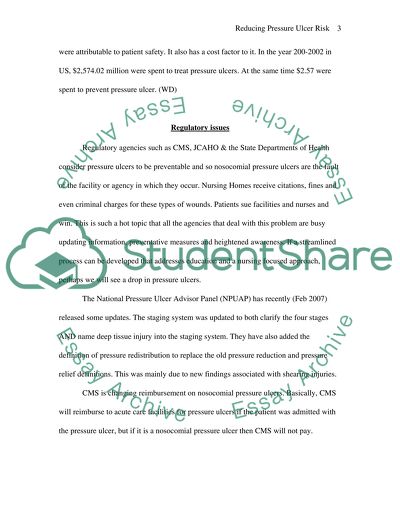Cite this document
(Pressure Ulcers Risk Management Research Proposal, n.d.)
Pressure Ulcers Risk Management Research Proposal. Retrieved from https://studentshare.org/nursing/1528681-pressure-ulcers-risk-management
Pressure Ulcers Risk Management Research Proposal. Retrieved from https://studentshare.org/nursing/1528681-pressure-ulcers-risk-management
(Pressure Ulcers Risk Management Research Proposal)
Pressure Ulcers Risk Management Research Proposal. https://studentshare.org/nursing/1528681-pressure-ulcers-risk-management.
Pressure Ulcers Risk Management Research Proposal. https://studentshare.org/nursing/1528681-pressure-ulcers-risk-management.
“Pressure Ulcers Risk Management Research Proposal”, n.d. https://studentshare.org/nursing/1528681-pressure-ulcers-risk-management.


